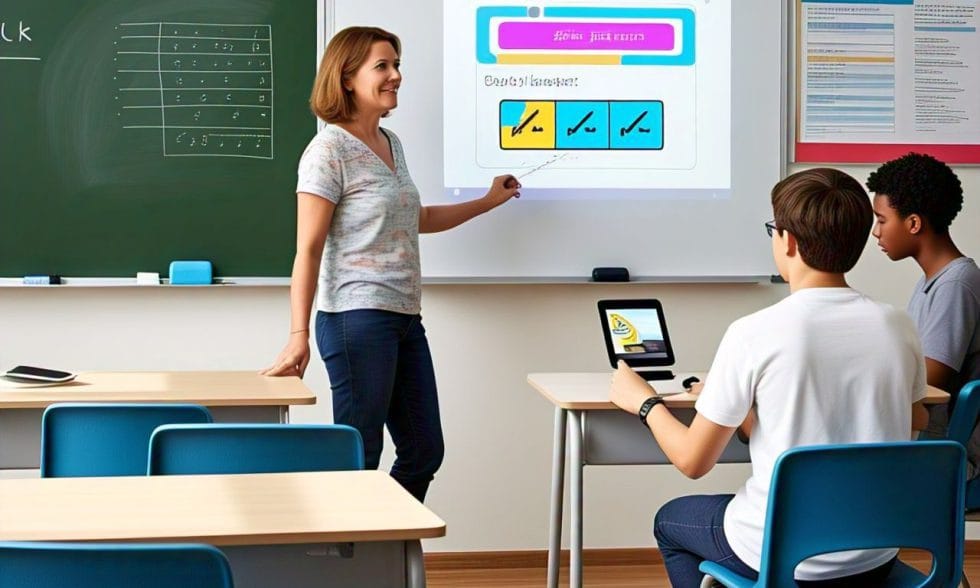The Role of Gamification in Modern Education and Training Programs.
Gamification, the art of using game design elements in non-game contexts, has been increasingly applied in modern education and training programs. By incorporating game mechanics, such as points, badges, and leaderboards, educators and trainers aim to enhance engagement, motivation, and learning outcomes. In this article, we’ll delve into the role of gamification in modern education and training programs, exploring its benefits, challenges, and best practices.
What is Gamification?
Gamification is the process of adding game elements and mechanics to non-game environments, such as educational settings, workplaces, or online platforms. The goal is to increase participation, engagement, and motivation by leveraging the psychological aspects of games. Gamification can be applied in various forms, including:
– Points and badges
– Leaderboards and competitions
– Virtual rewards and currencies
– Storytelling and narratives
– Collaborative and social elements
Benefits of Gamification in Education and Training
Gamification has been shown to have numerous benefits in educational and training settings:
1. Increased Engagement: Gamification can boost student engagement and motivation, leading to improved learning outcomes.
2. Improved Retention: By making learning more enjoyable and interactive, gamification can help students retain information better.
3. Enhanced Collaboration: Gamification can foster teamwork and collaboration among students, promoting social learning and communication skills.
4. Personalized Learning: Gamification can be tailored to individual learners’ needs, providing a more personalized and adaptive learning experience.
5. Real-time Feedback: Gamification can offer immediate feedback and assessment, helping students track their progress and identify areas for improvement.
Challenges and Limitations of Gamification
While gamification has shown promising results, there are also challenges and limitations to consider:
1. Overemphasis on Rewards: Relying too heavily on rewards and incentives can lead to an overemphasis on extrinsic motivation, rather than intrinsic motivation.
2. Lack of Depth: Gamification can sometimes lack depth and substance, focusing on surface-level engagement rather than meaningful learning.
3. Technical Issues: Implementing gamification elements can be technically challenging, requiring significant resources and support.
4. Equity and Access: Gamification can exacerbate existing inequalities if not designed with accessibility and equity in mind.
Best Practices for Implementing Gamification
To effectively integrate gamification into educational and training programs, consider the following best practices:
1. Align Gamification with Learning Objectives: Ensure that gamification elements align with clear learning objectives and outcomes.
2. Use a Variety of Gamification Elements: Incorporate a range of gamification elements to cater to different learning styles and preferences.
3. Provide Clear Instructions and Feedback: Offer transparent instructions and timely feedback to help learners understand the gamification elements and their progress.
4. Monitor and Evaluate Effectiveness: Regularly assess the impact of gamification on learning outcomes and adjust the approach as needed.
Conclusion
Gamification has the potential to transform modern education and training programs by increasing engagement, motivation, and learning outcomes. By understanding the benefits, challenges, and best practices of gamification, educators and trainers can harness its power to create more effective and enjoyable learning experiences. As the field continues to evolve, it’s essential to stay informed about the latest developments and research in gamification.





